Species Photo Gallery for Balclutha incisa No Common Name 24 |
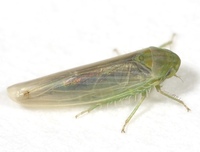 | Photo by: Rob Van Epps
Mecklenburg Co.
Comment: Caught sweeping. |  | Photo by: Rob Van Epps
Mecklenburg Co.
Comment: Caught sweeping. |
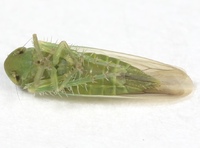 | Photo by: Rob Van Epps
Mecklenburg Co.
Comment: Caught sweeping. |  | Photo by: Ken Kneidel
Mecklenburg Co.
Comment: in forest leaf litter |
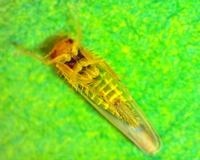 | Photo by: Ken Kneidel
Mecklenburg Co.
Comment: in forest leaf litter | 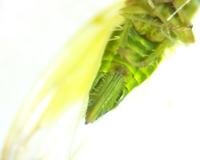 | Photo by: Ken Kneidel
Mecklenburg Co.
Comment: in forest leaf litter |
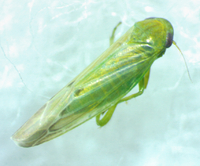 | Photo by: Ken Kneidel
Mecklenburg Co.
Comment: 3.3 mm male came to UV light at night | 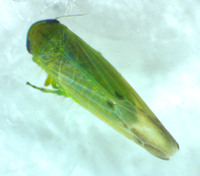 | Photo by: Ken Kneidel
Mecklenburg Co.
Comment: 3.3 mm male came to UV light at night |
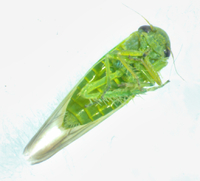 | Photo by: Ken Kneidel
Mecklenburg Co.
Comment: 3.3 mm male came to UV light at night |  | Photo by: Ken Kneidel
Mecklenburg Co.
Comment: 3.3 mm male came to UV light at night |
 | Photo by: Kyle Kittelberger, Paul Scharf
Beaufort Co.
Comment: open, grassy habitat surrounded by pine and mixed hardwood forest; tentative | 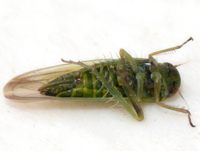 | Photo by: Kyle Kittelberger, Paul Scharf
Beaufort Co.
Comment: open, grassy habitat surrounded by pine and mixed hardwood forest |
 | Photo by: Kyle Kittelberger, Paul Scharf
Beaufort Co.
Comment: open, grassy habitat surrounded by pine and mixed hardwood forest | 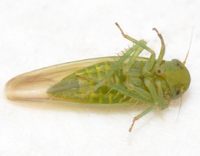 | Photo by: Kyle Kittelberger
Wake Co.
Comment: mixed hardwood forest; most likely this species |
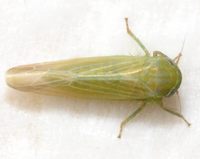 | Photo by: Kyle Kittelberger
Wake Co.
Comment: mixed hardwood forest; female, 3.2 mm |  | Photo by: Kyle Kittelberger
Wake Co.
Comment: mixed hardwood forest; female, 3.2 mm |
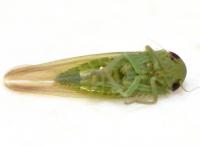 | Photo by: Kyle Kittelberger
Wake Co.
Comment: female, 3.5 mm; most likely this species | 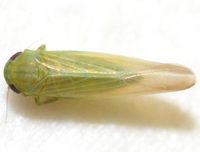 | Photo by: Kyle Kittelberger
Wake Co.
Comment: female, 3.5 mm |
 | Photo by: Kyle Kittelberger
Wake Co.
Comment: female, 3.5 mm | 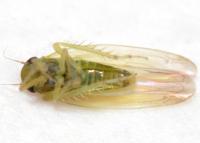 | Photo by: Kyle Kittelberger
Wake Co.
Comment: collected 2 individuals: male, 3.6 mm; female, |
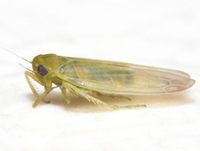 | Photo by: Kyle Kittelberger
Wake Co.
Comment: collected 2 individuals: male, 3.6 mm; female, | 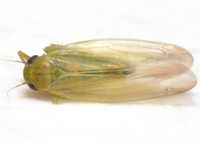 | Photo by: Kyle Kittelberger
Wake Co.
Comment: collected 2 individuals: male, 3.6 mm; female, |
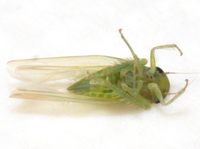 | Photo by: Kyle Kittelberger
Wake Co.
Comment: collected 2 individuals: male, 3.6 mm; female, 3.1 mm | 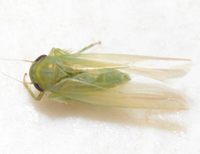 | Photo by: Kyle Kittelberger
Wake Co.
Comment: collected 2 individuals: male, 3.6 mm; female, 3.1 mm |
|

 »
»
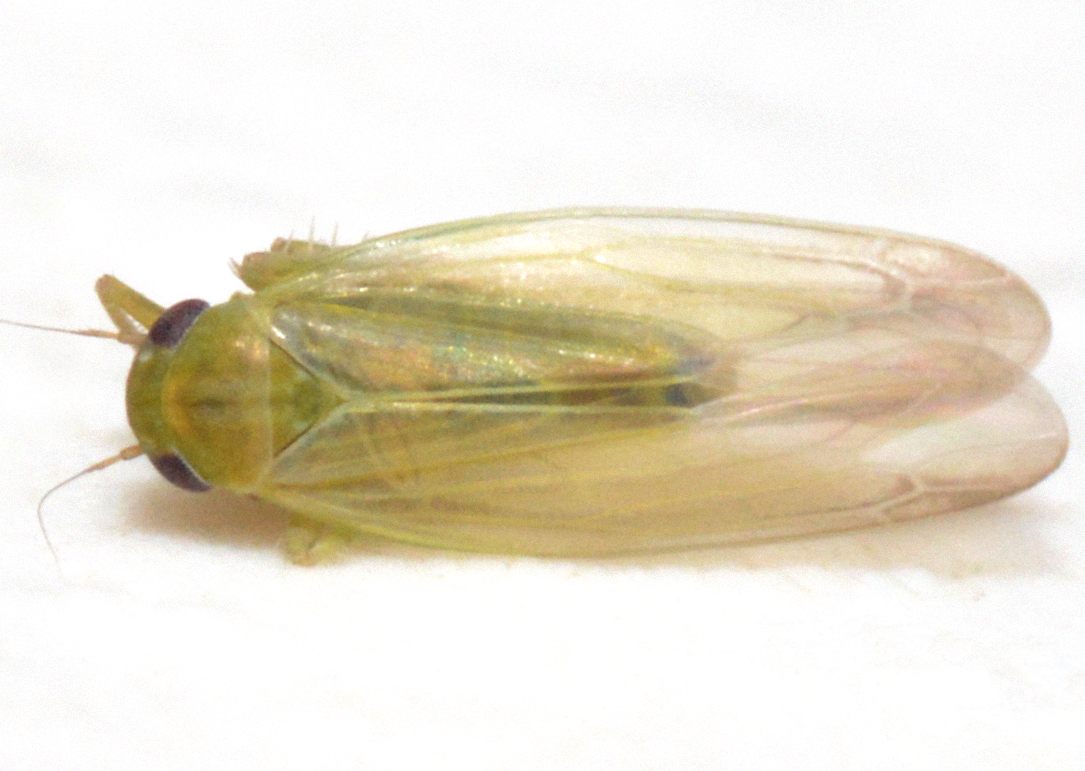



 »
»


